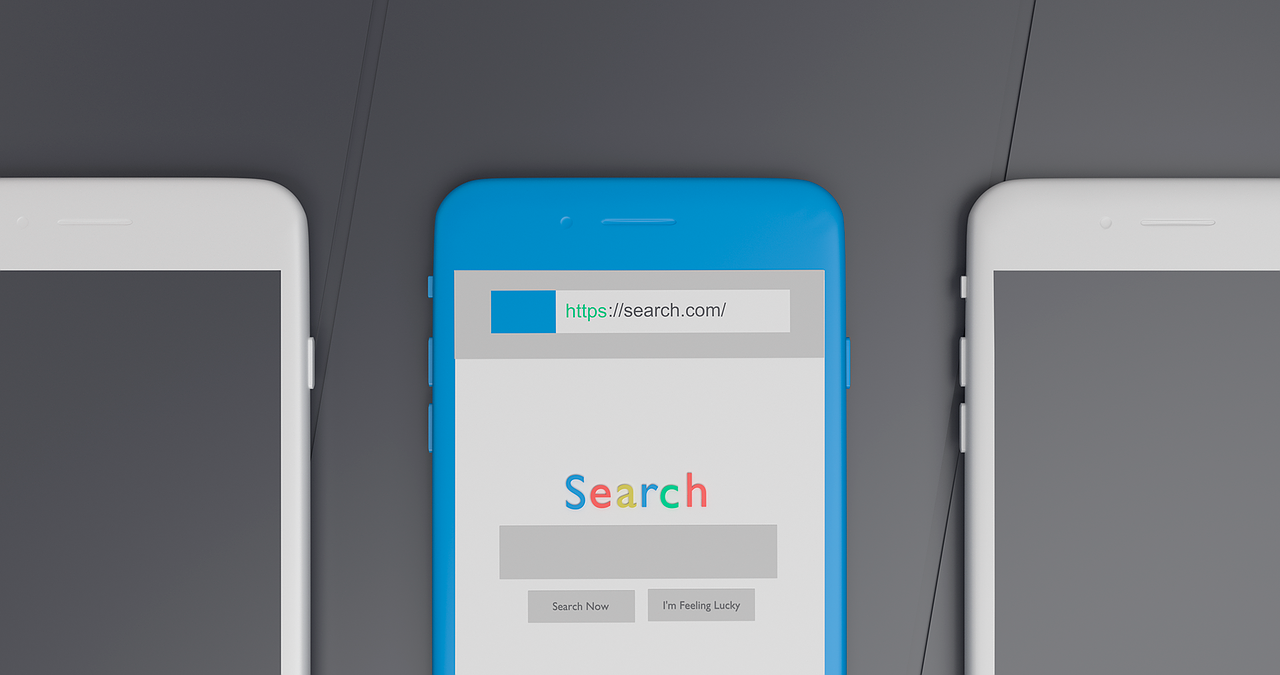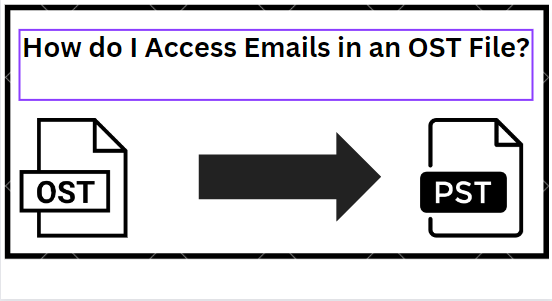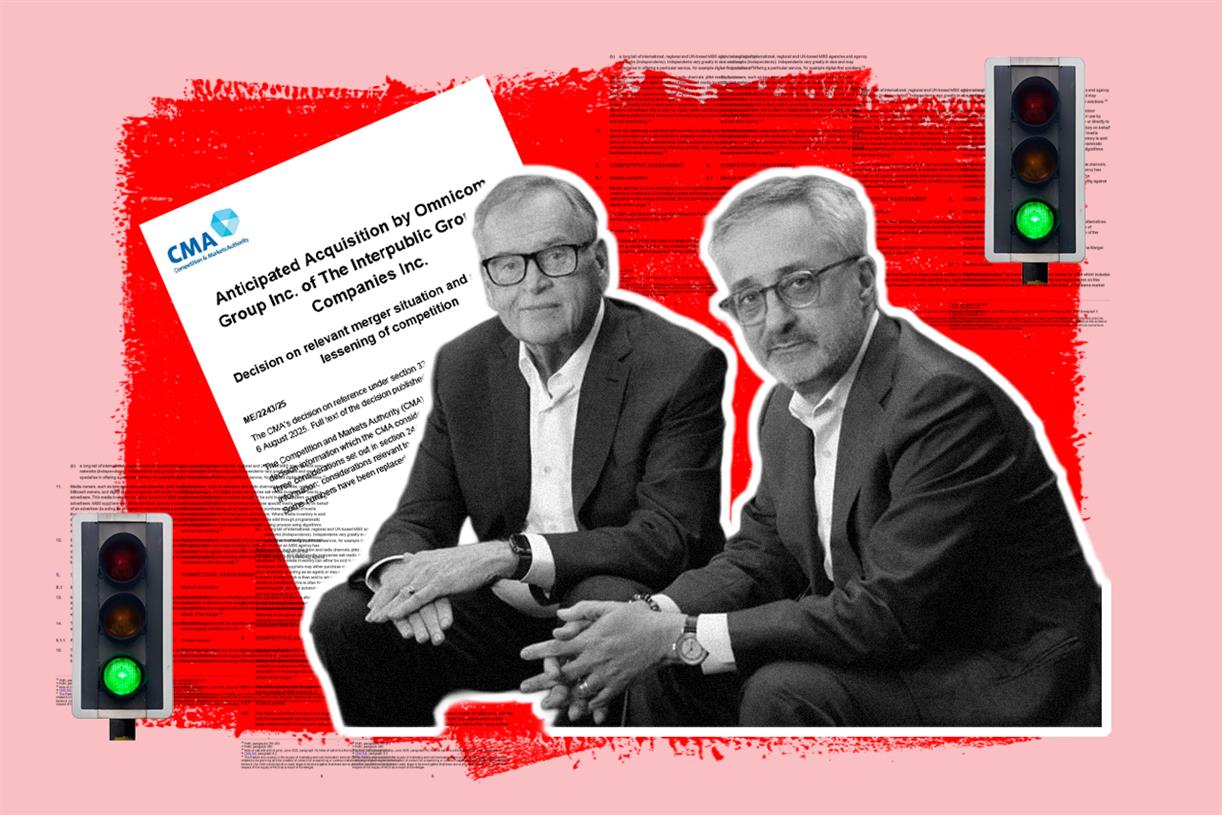How To Make Paid Search Work For B2B Marketing via @sejournal, @timothyjjensen
If you've struggled getting PPC to work for B2B, explore some tips to ensure that your ads are reaching the right people and qualifying users. The post How To Make Paid Search Work For B2B Marketing appeared first on...

High CPCs.
Low search volume.
Unqualified leads.
B2B marketers face endless challenges when attempting to generate results from paid search.
Learn how to make paid search work to drive better B2B leads.
Prequalify Users With Ad Copy
One struggle many B2B search campaigns face is that keywords alone don’t fully delineate a user’s intent.
For instance, a managed IT services provider may want to strictly target enterprise-level organizations, but not every qualified prospect will include the word “enterprise” in their search queries.
You might target more general keywords like “managed IT services” to cast a wider net while encouraging the right people to click.
However, then the ad copy might specify “Enterprise Managed IT Services.”
If you only service businesses with more than a certain number of employees, you can mention it directly in ads or include it in callout extensions.
For instance, “For Businesses with 100+ Employees.”
In addition, including pricing in your copy can be an effective way to discourage clicks from people who can’t afford your services.
For instance, “Starting from $500/month” will help deter searchers who aren’t willing or able to spend at least $500 per month.
Layer On Audiences
Even when keyword intent may be fuzzy, audience targeting can help you zero in on the people you want to reach with your ads.
It’s usually best to use a combination of first-party and third-party audiences in campaigns.
First-party audiences entail your own data.
You can upload prospect lists using Customer Match to target individuals who may have expressed initial interest in your business after opting into a newsletter, downloading a whitepaper, or attending a webinar.
An additional benefit of these audiences can be to create similar audiences that you can also layer onto campaigns to reach people with crossover characteristics.
Additionally, create remarketing audiences from website visitors, and don’t forget to layer these onto campaigns, even if just as observation-only.
With manual bidding, you can bid on these people when set to observation-only to be more competitive for search queries from people who may have already indicated an interest in your business.
With automated bidding, layering these audiences indicates intent to Google. It shows that you consider these people important to reach for bidding signals.
Third-party audiences include several options on Google’s and Microsoft’s end, with B2B-oriented in-market audiences allowing for the most precision.
In-market audiences have shown by search and browsing behavior that they are directly shopping for a specific product or service.
IT companies can target Enterprise Software and Network Systems & Services segments.
B2B accounting firms can target a Business Financial Services segment.
Restaurant supply stores can target Business & Industrial Products > Food Service Equipment.
Countless other options exist to zero in on audiences directly related to several B2B niches.
You can also overlay LinkedIn audiences for additional B2B layers for Microsoft Advertising specifically.
In particular, use industry targeting to reach people in the specific fields that you’re trying to go after.
Find Keywords That Relate To Actual Problems
B2B marketers can be notorious for wanting to target only highly specific technical keywords that relate to their product.
However, the people facing the problems that a product solves may not even know that product exists.
For instance, one client I worked with provided board meeting software.
Only a small subset of people are directly searching for keywords like “board meeting software.”
However, many more people are searching for keywords such as “how to improve board meetings” or “how to share board meeting minutes,” – all questions that the software in question can solve.
Use tools such as Google Keyword Planner, Answer the Public, and Also Asked to identify questions people are asking and use your ads to show how your products or services provide solutions.
In addition, keep an eye on your own search term reports to identify keywords that you can pull into ad groups with more tailored ad copy.
Don’t Forget The Landing Page
Landing pages are crucial for any niche and any campaign, but there are several considerations you should keep in mind for B2B campaigns in particular.
Ideally, you’ve used ad copy to prevent the wrong people from clicking, but you should continue that theme with your landing page copy.
Use your copy to hint at the right business sizes, job roles, and potential budgets of your ideal clients.
Additionally, the form setup can be crucial to balance qualifying the right people against not unnecessarily deterring contacts from submitting the form.
Include enough form fields to ensure that people are serious enough about giving you their contact info while also letting you vet out their company details without asking for unnecessary information.
For instance, job title and company name are likely a reasonable ask, but do you really need them to specify city and state to download a whitepaper?
Asking for a phone number for a top-of-funnel offer can also be a turnoff, as many people don’t love getting a phone call out of the blue when they are simply in an early research phase.
In addition, include trust signals with logos and quotes from other businesses that have used your company.
B2B buyers want to see that similar businesses have trusted your services.
Optimize For The Right Conversion Actions
As ad platforms push advertisers toward using automated bidding in campaigns, getting accurate conversion data into platforms becomes more crucial than ever.
Additionally, be mindful that you’re optimizing around conversion actions that best relate to getting qualified leads.
For higher funnel campaigns, you might choose conversion actions such as asset downloads or webinar signups to optimize around higher volume asks.
However, for lower-funnel campaigns, you may be more focused on demo requests, trial signups, and sales inquiries and should select those as the conversion actions for the campaigns.
Additionally, sending back offline conversion data through a Salesforce integration or offline conversion import can provide additional signals to optimize around qualified leads.
Finally, attaching values to specific conversions (even if just rough value indicators based on your data) and optimizing conversion value can help Google differentiate from a lower-return, higher-funnel conversion vs. a higher-return lower-funnel conversion.
Put B2B PPC To The Test!
If you’ve been skeptical about paid search for B2B, or if you’ve struggled to make campaigns work for your company, perhaps it’s time for another try at making optimizations for success.
Think about actual customer problems to consider keywords and ad copy wording, include audience layers to zero in on the right prospects, keep your landing page focused on the proper persona, and ensure a correct conversion tracking setup.
More resources:
B2B Keyword Research Done Right With Practical Examples 9 Tips To Help Your B2B Google Ads Campaigns Shine 10 Most Important PPC Trends To Know In 2022Featured Image: Golden Sikorka/Shutterstock

 FrankLin
FrankLin 
































